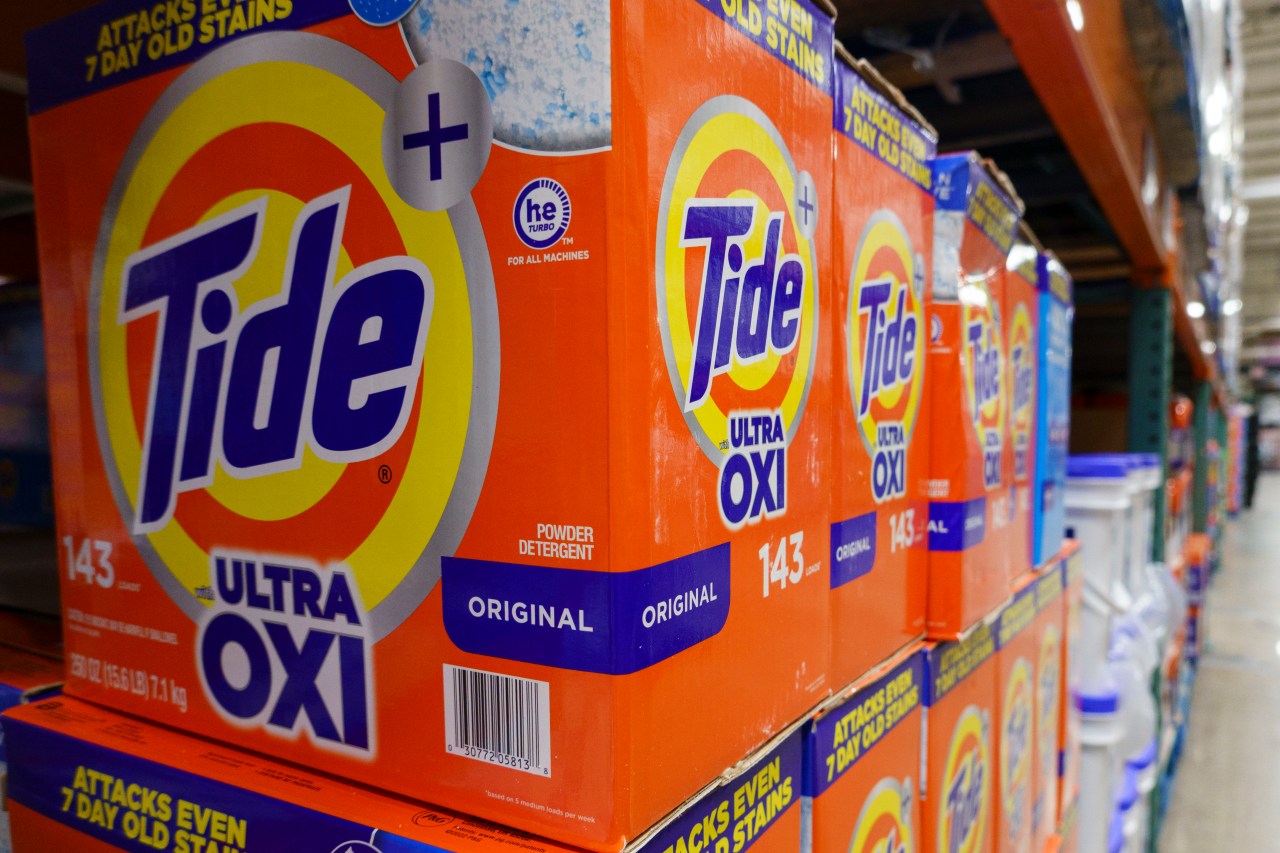Urban heat stress is a growing concern globally, leading to health issues, increased energy consumption, social inequalities, and infrastructure challenges. While many cities have turned to tree planting as a solution, a recent study led by the University of Cambridge reveals that planting the wrong tree species or arranging them suboptimally can limit their cooling benefits.Key Findings of the StudyPublished in Communications Earth & Environment, the research analyzed 182 studies from 110 cities worldwide.
It found that urban trees can reduce pedestrian-level air temperatures by up to 12°C during the day, with 83% of cities achieving temperatures below the “thermal comfort threshold” of 26°C. However, the cooling effects depend on tree species, urban layout, and climate conditions.Daytime Cooling Mechanisms:Trees block solar radiation.Leaves facilitate water evaporation.
Foliage improves airflow aerodynamics.Nighttime Challenges:Tree canopies can trap heat due to reduced air circulation and stomatal closure, especially in compact urban areas.Climate-Specific Cooling ImpactsHot and Dry Climates: Trees reduce temperatures by up to 12°C but may warm cities by 0.8°C at night.Arid Climates: Cooling of 9°C during the day; minimal nighttime warming.
Humid Tropical Climates: Limited cooling of 2°C with higher nighttime warming (0.8°C).Temperate Climates: Moderate cooling of up to 6°C; nighttime warming can reach 1.5°C.Strategic Tree Planting for Maximum BenefitsThe study emphasizes the importance of matching tree species and placement with urban forms and climates:Open Urban Layouts: Mixed evergreen and deciduous trees perform best, balancing shading and sunlight for year-round cooling.Compact Urban Zones: Sparse planting of narrow species prevents heat trapping at pedestrian levels.Future Resilience: Planners should prioritize climate-resilient species that can sustain cooling benefits in warmer conditions.
Recommendations for Urban PlannersTo optimize urban cooling, planners should focus on:Increasing green spaces with the right mix of trees.Strategically placing trees based on urban morphology and local climate.Integrating trees with other cooling strategies like solar shading and reflective materials.Innovative Tool for Urban Cooling Strategies
The researchers have developed an interactive database and map to help cities estimate cooling efficacy based on data from regions with similar climates and urban layouts.For further insights, refer to the full study: Cooling efficacy of trees across cities is determined by background climate, urban morphology, and tree traits in Communications Earth & Environment.
By adopting a strategic and data-driven approach to tree planting, cities can effectively mitigate urban heat while preparing for future climate challenges.




